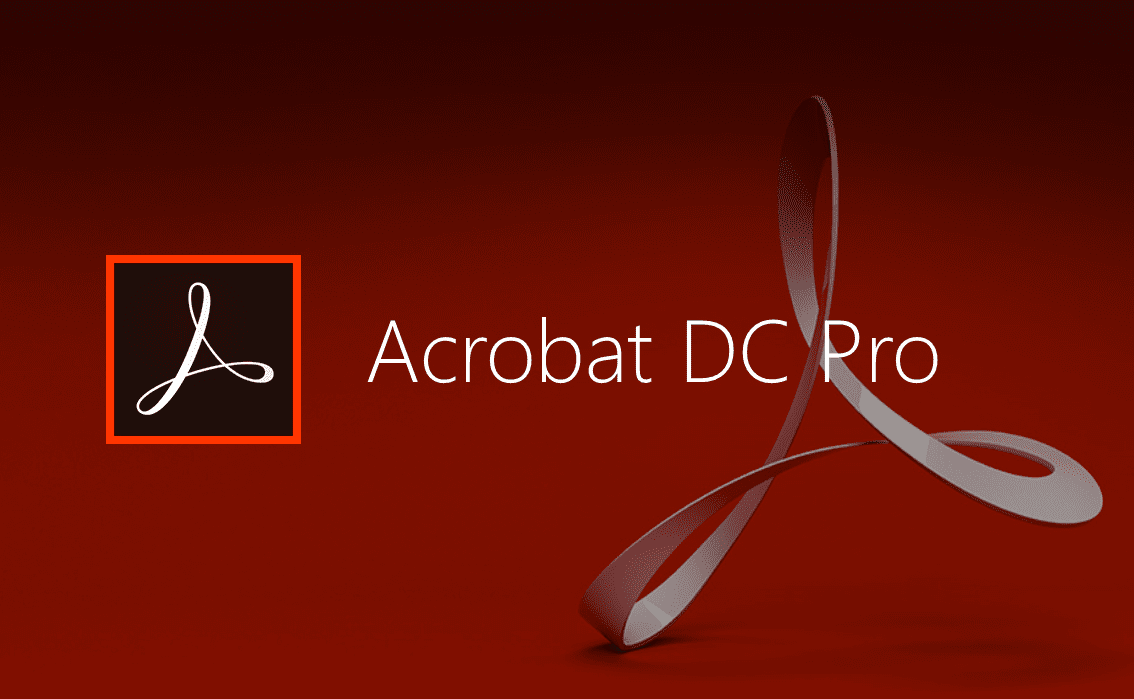

The lack of structured dance notation systems represents an obstacle for current embodiment of ancient dance styles and techniques, but sketches by Jean Aumer (1774-1833), Carlo Blasis (1795-1878), and André Jean-Jacques Deshayes (1777-1846) enable us to depict some specific choreographic processes of the time. In early 19th century ballet, drawing seems to be a relevant skill for a successful European ballet master. It likewise compares and contrasts the curriculums that they felt would create patriotic sons and virtuous mothers. This paper explores how the state and philanthropists gendered education in the new state. Girls would be educated in order to become virtuous mothers and efficient homemakers Pestalozzi’s work underlining the role women played as their children’s first and most important teachers. Once Greece boasted a sufficient number of schools to accommodate male children, the state planned to create institutions for female education. Due to the work of private individuals and associations like the Philomuses society, a number of such establishments already existed in the country. The government proposed using schools established by the French Société pour l’instruction public and the British and Foreign School Society in England as models and also relied on Pestalozzi’s pedagogical methods.

Every male child would be schooled, the Astros Assembly declared, in accordance with their father’s hopes and the concerns of the government. One of the nascent Greek state’s earliest and most significant efforts came in the realm of elementary education.


 0 kommentar(er)
0 kommentar(er)
